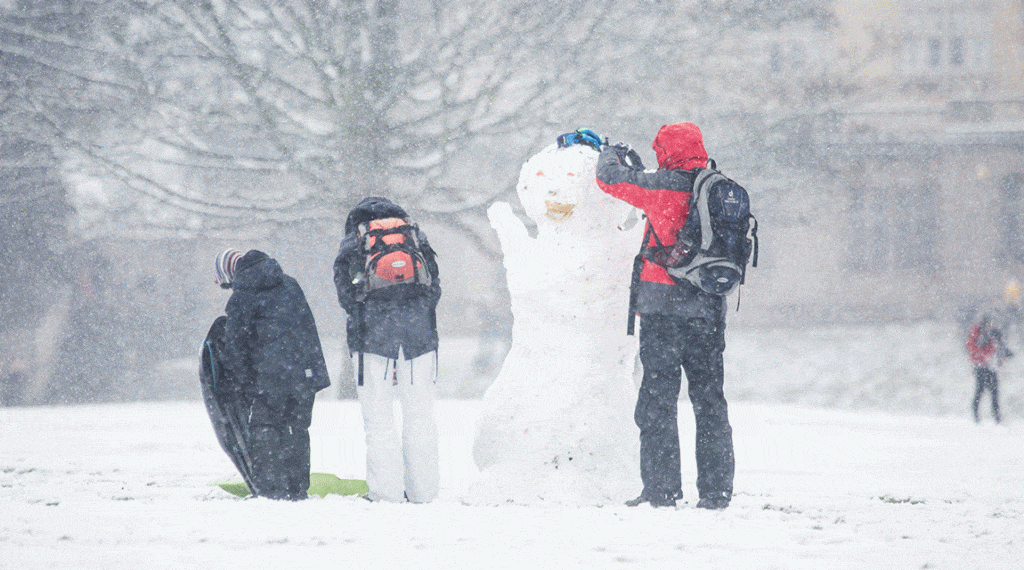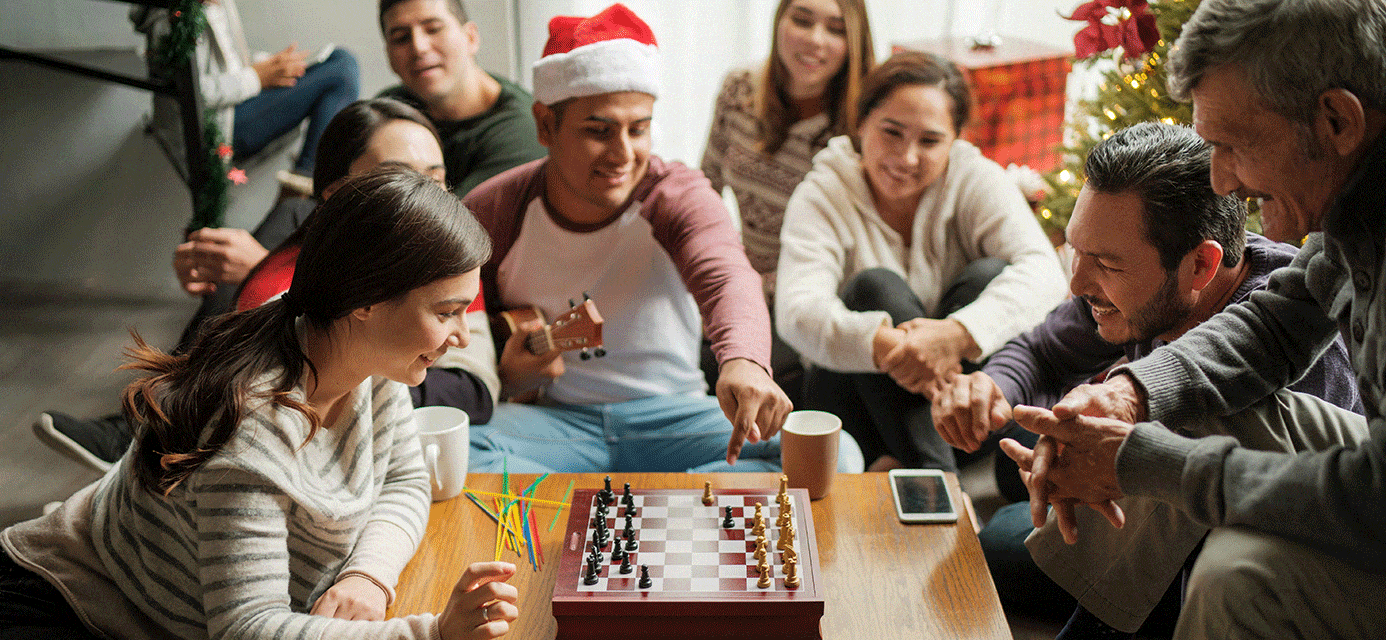The holidays are a great time to strengthen the family bond. However you celebrate—or even if you don’t—consider prioritizing family activities this season. There are numerous benefits of spending time with family at the holidays.
It’s also true that the holidays can be stressful for families: Sometimes parents or teens are dreading family gatherings. So change it up this year and transform toxic family holidays by doing things together that create harmony and positive emotions.
The Benefits of Spending Time with Family
Why is family time so important? Studies show that teenagers who spend more time with their family are less likely to engage in drinking and drug use, and suffer fewer mental health problems—such as anxiety, depression, and eating disorders. Moreover, adolescents with strong family attachments have better coping skills, less trouble in school, and more positive relationships outside of the family.
Here are a few things families can do together during the holidays to enhance their sense of connection, manage holiday stress, and improve the family dynamic.
1. Play!
When was the last time your whole family went sledding, got out an old board game, played kickball, or did a messy art project together? This holiday season, come up with some family fun ideas. Maybe one of them will become a new family tradition.
Playing together breaks down barriers, lightens the mood, and reminds teens that their parents were once young, too! Playing is also good for the brain, because it supports neuroplasticity—the brain’s ability to change and evolve. Research done with rats shows that play supports new neural connections and changes the structure of important brain regions.

2. Make gratitude lists.
Expressing gratitude can feel a little awkward or cheesy at first, for both adults and teens. But with a little practice, it becomes more natural. It’s worth trying, because multiple studies show that acknowledging what we’re grateful for increases our happiness levels.
Here are five gratitude list ideas for families.
- When you sit down for the holiday meal, go around the table and have each person share one thing they’re grateful for.
- Write cards to every member of the family, and include a few reasons why you’re grateful to or for each of them.
- Create a New Year’s Eve ritual in which you each make a list of the things you felt grateful for during the past year.
- Have each person write a letter from their future self to their present self, imagining everything that they will be grateful for by the end of 2020. Read them out loud to each other.
- Create a family gratitude list that everyone contributes to over time. Hang it on the fridge or in another easily accessible spot.
3. Make meal prep a family affair.
Preparing holiday meals can feel like a chore. Make it easier and more fun by involving the whole family. Each person can choose a dish they want to make, or you can divide up tasks: Some people can shop, another group can cook, and a third group can set the table.
Remember, you can do this during the rest of the year as well. Even when meal prep is minimal and everyone’s busy, take time to sit down and eat as a family—without watching TV or using your phones. Research shows that eating regular family meals together decreases the likelihood of teen depression and drug use.

4. Practice mindfulness as a family.
Practicing mindfulness means cultivating a non-judgmental, moment-to-moment awareness of our thoughts, feelings, sensations, and environment. In other words, mindfulness means noticing what’s going on right here, right now—rather than focusing on the past or the future—with an attitude of acceptance and compassion. In addition, mindfulness could be defined as not taking things for granted.
Mindfulness helps support every aspect of ourselves—mental, emotional, physical, and spiritual. Mindfulness can enhance our mental and physical health, as well as our relationships, happiness levels, and sense of meaning and purpose. Hence, habits that build mindfulness can set up teens and young adults for a healthier and more fulfilling life.
Yoga and meditation are helpful activities for cultivating mindfulness. But you don’t have to go to a class or sit on a cushion with your eyes closed to practice mindfulness. Simply pausing throughout the day to bring your attention back to the present moment is a mindfulness practice. Here are some ways to practice mindfulness as a family:
- Go on a hike in the woods—without cellphones—and use your senses to notice what’s around you
- Pause to take a few deep breaths together before a holiday meal
- Try mindful eating
- Listen to a guided meditation together
- Do a family yoga practice.
5. Volunteer together.
Volunteering can be a wonderful family bonding experience. Look for ways to reach out and support others during the holidays. For example, families could help out at a food pantry, serve Christmas dinner at a community center, or volunteer at an animal shelter. Search for online resources listing volunteer opportunities in your area—and let the teens in the family choose the causes that they care about.
In addition to supporting family connections, research shows that volunteering offers mental and physical health benefits. When we help others, our brains produce more feel-good chemicals, like oxytocin and progesterone. In turn, these neurochemicals lower stress and promote overall health and well-being.
In summary, instead of avoiding family during the holidays, savor the benefits of spending time with family. Furthermore, both parents and kids will benefit even more if these special-occasion activities become a regular part of the family routine.
Sources:
Paediatr Child Health. 2004 Oct; 9(8): 551–555.
BMC Public Health. 2018; 18:8.
J Pers Soc Psychol. 2003 Feb;84(2):377–89.
Arch Pediatr Adolesc Med. 2004;158(8):792–796.






